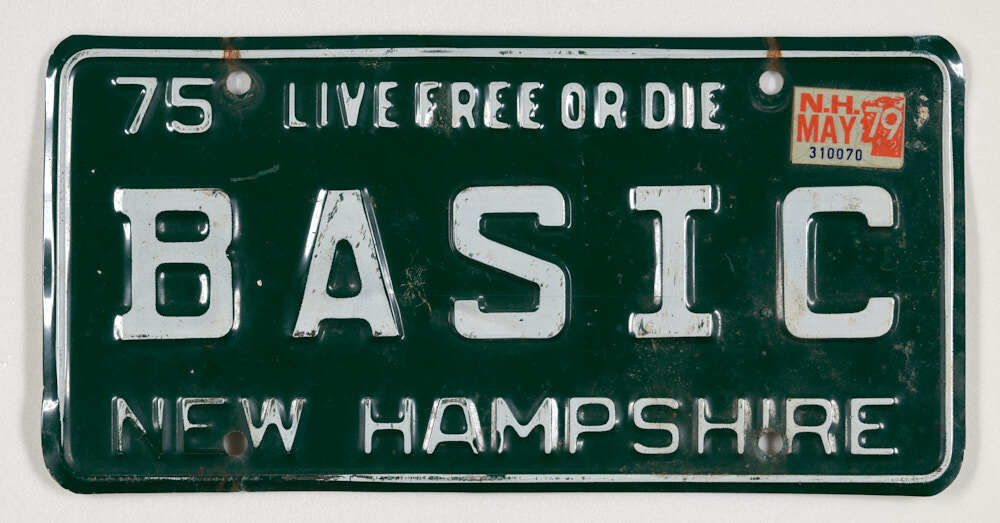Sharing the Computer: How the Dartmouth Time-Sharing System Made Computing (More) Accessible
Looking around campus today, it is hard to believe, but there was once a time when Dartmouth didn’t have any computers. And when Dartmouth did first acquire a computer, like many institutions at the time, they faced obstacles sharing access with the Dartmouth community. It was the 1960s; computers were big and expensive, and hardly anyone knew how to use them. But when John McCarthy, a computer scientist at MIT, told Dartmouth math professor Thomas Kurtz, “you guys ought to do time-sharing,” Kurtz realized this could be the answer to Dartmouth’s problems.
Time-sharing worked by allowing multiple users to connect to a single, powerful computer via teletype terminals. The computer couldn’t actually run more than one program simultaneously but instead cycled through them very quickly. And while one person was typing, or thinking, or getting distracted at their own terminal, the computer wasn’t sitting there waiting for them: it was keeping busy running other people’s programs. This efficient arrangement allowed many, many more people to learn to use a computer for the first time, and eventually, the effects of the Dartmouth Time-Sharing System (DTSS) reached even beyond Dartmouth.
The exhibit was curated by Val Werner '21 and was originally on display in the Rauner Special Collections Library from June 28 to September 2, 2022. Digitization by Ryland Ianelli. Digital exhibit by August Guszkowski.

